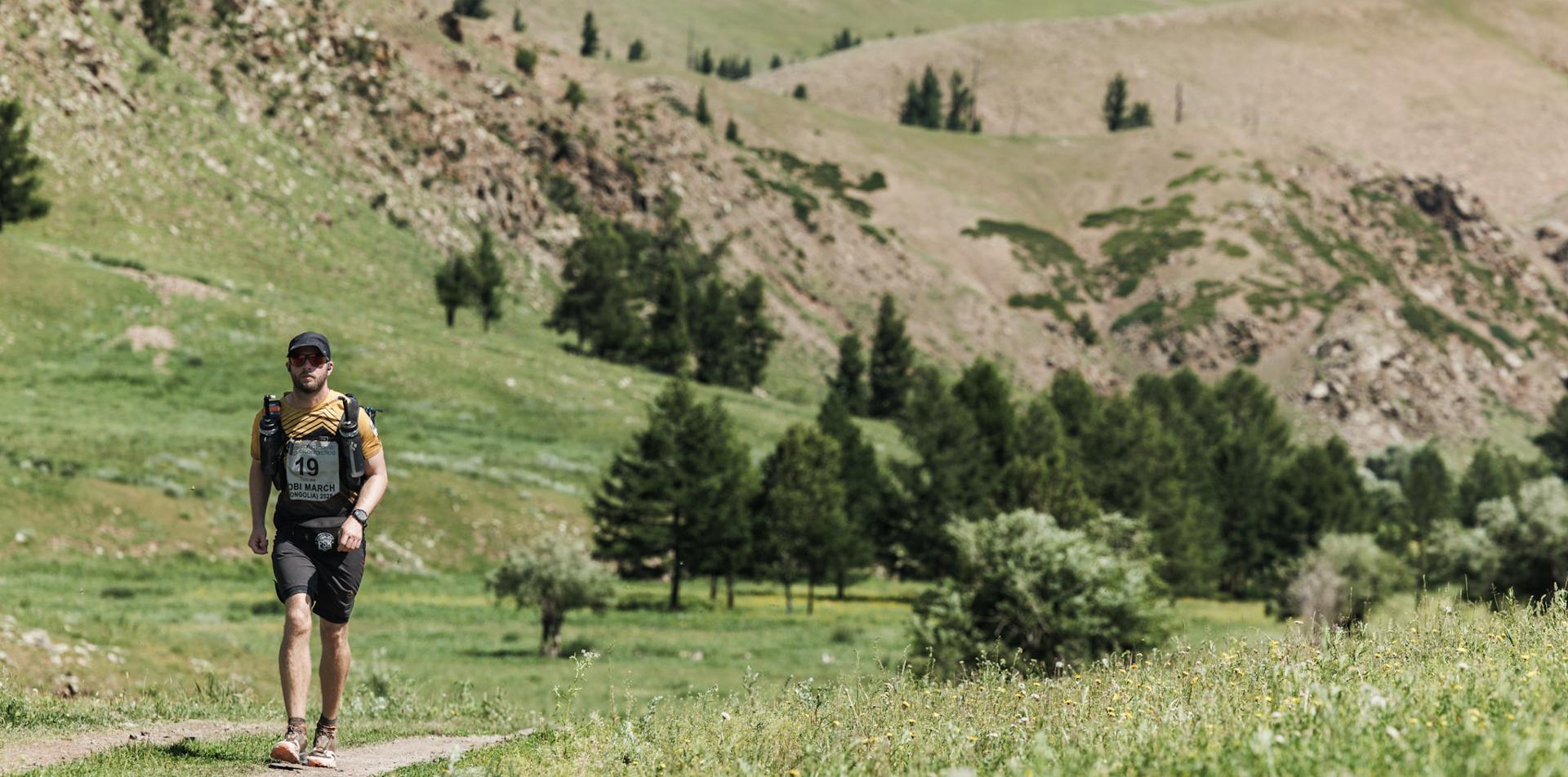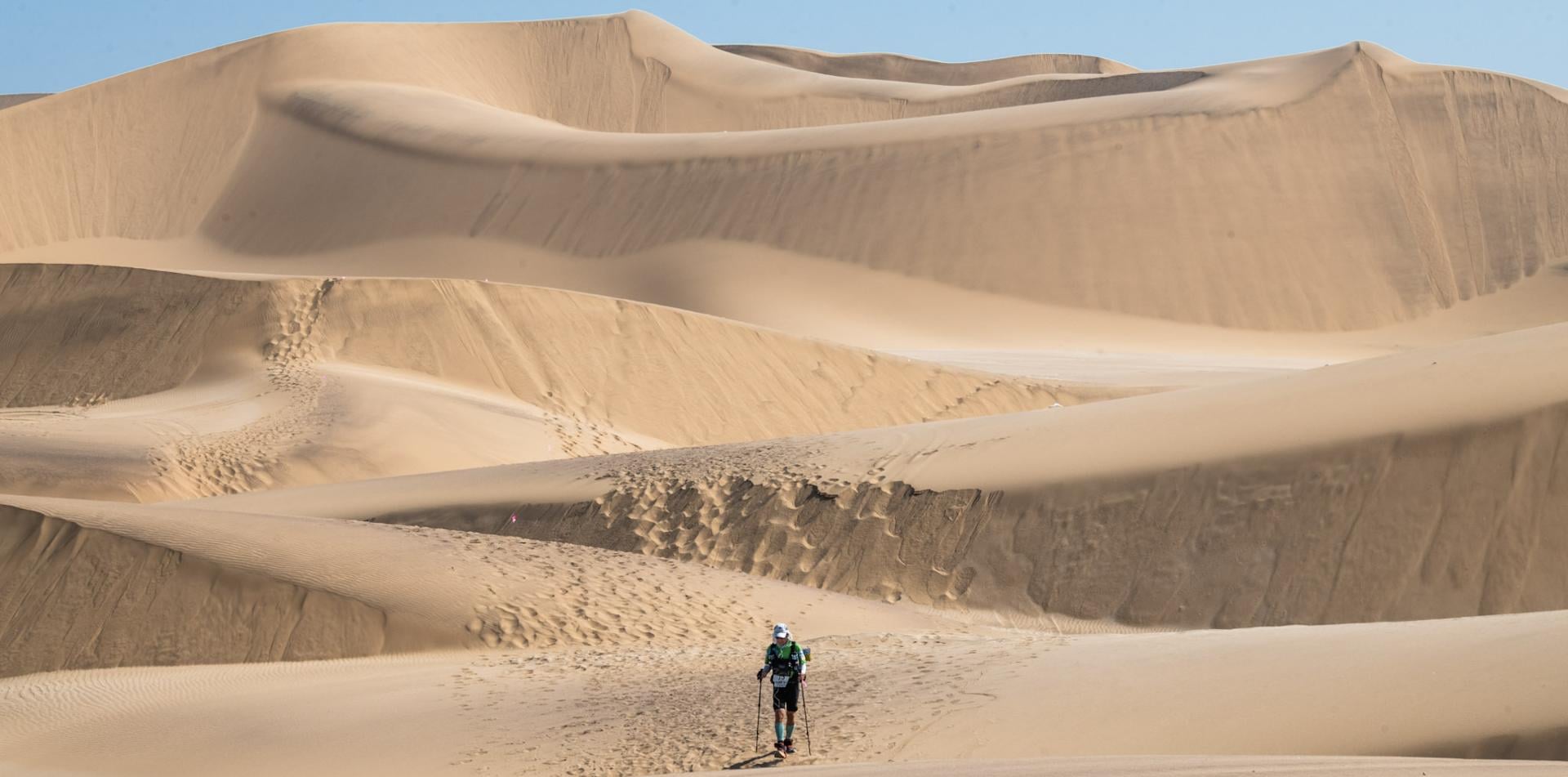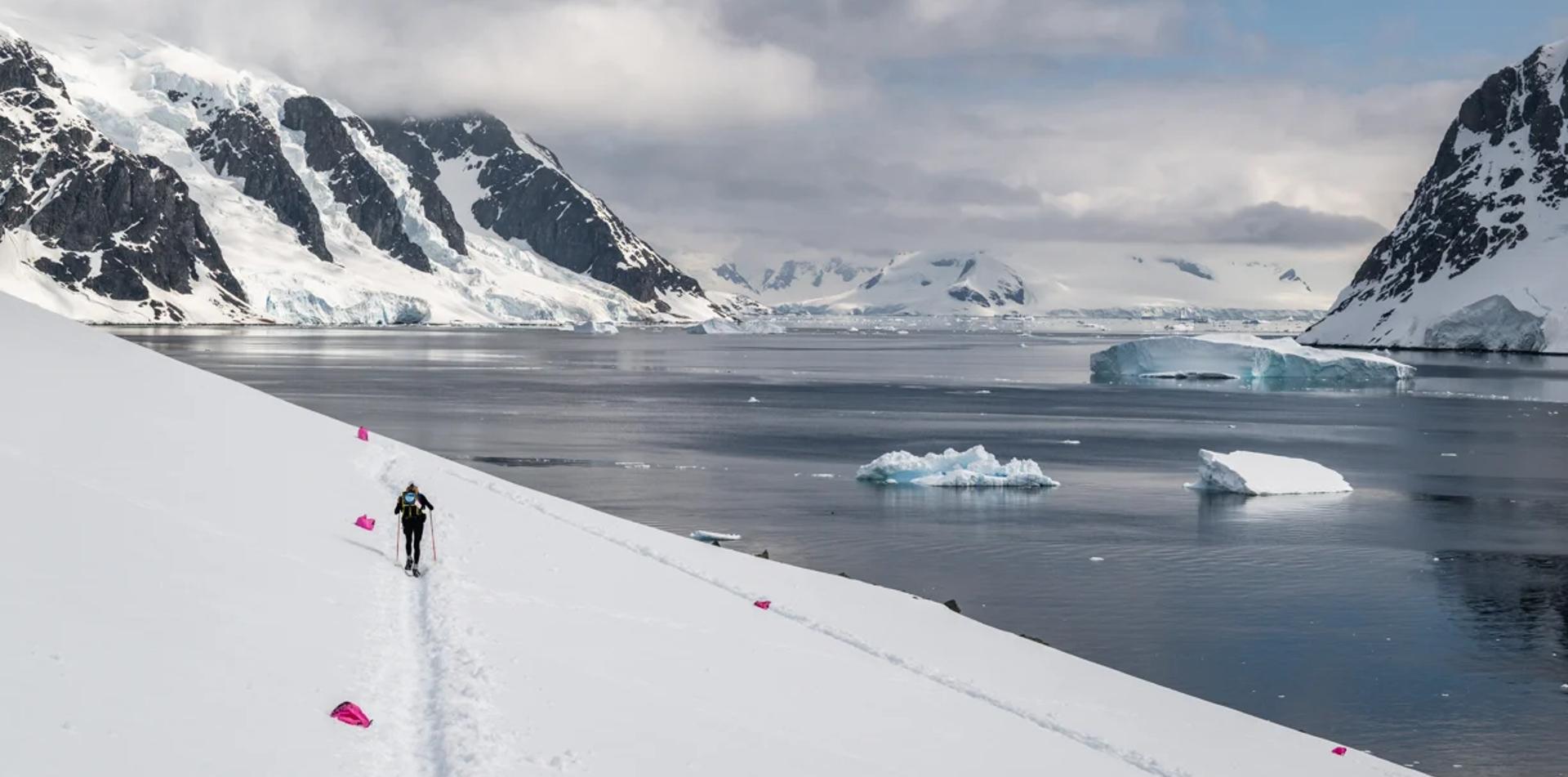Creative Fundraising: Why You Can't Sit Back and Expect Donations to Roll In
(George Chmiel’s entry into the 4 Deserts Club in November 2014 marks another significant achievement – he will have raised over US$300,000 for charity, the majority going to The MAGIC Foundation, a 25-year-old non-profit organization out of Chicago that supports children with Growth Related Disorders.)
The cause and the foundation is close to George’s heart – his goddaughter Luci has Panhypopituitarism, a disease that most people have never heard of or know little about. Luci was born without a functioning pituitary gland, therefore her body doesn’t produce adrenal, thyroid or growth hormone. The disease is very rare, often misdiagnosed and life-threatening.
Chmiel, whose worked the last 12-years in financial services, has dedicated the last five towards raising both awareness and money for this important cause. At the same time, he realizes he can’t simply, in his words, “blast out an email and post a Facebook message and expect people to donate”. Some creative work and a lot of effort is involved. As are making key decisions that can influence whether or not your race will be a fundraising success.
Most advice on fundraising will talk about having a passion for the cause, but being able to communicate that passion is key to separating yourself from everyone else who is raising money. “With the challenging economic environment people are trying to save more, yet are constantly being solicited for donations, so if you expect to expand your reach beyond your immediate network you need to find a way to differentiate your message,” Chmiel said. And while the chosen cause obviously has to matter to you, it’s essential to remember that your donors may not have that same interest. “They are donating because you have a passion for it and they care about and believe in you,” Chmiel said. “That is the number one thing to understand about fundraising. And it’s often overlooked.”
Chmiel has approached fundraising like a professional: three websites, newspaper articles, television interviews, social media and crowd-funding pages… it’s clear he has used everything in his means to get the message out. But Chmiel has also made sure his message was clear.
His first race website, www.luciandgeorge.com, was very basic and had four icons in the center of the page that told Chmiel’s story: a photo each of Luci, the Sahara desert (the race), The MAGIC Foundation and Chmiel himself. “You could click on each image and easily understand what it was all about,” Chmiel said. “My buddy Travis Robinson and I also created an interactive blog on the site where we posted my training videos and MAGIC families shared their children’s stories of strength and courage. This was hard work for non-tech guys like us. But it provided a public forum for everyone associated with the project to communicate, to learn and to stay engaged. It became addictive. During the week of the race it got 19,000 hits and was actually blocked at Merrill Lynch for becoming distractive during work hours. There was zero doubt we had made a difference. Much of the success had to do with Luci’s incredible story. And the shock-and-awe of the race. But a lot had to do with outside the box thinking. Compiling interesting and educational content, and presenting it clearly and concisely.” That extra effort and creative approach helped Chmiel raise US$70,000 and with a host of media appearances, he was able to spread his reach even further.
With the success of the website, blog and race, Chmiel didn’t sit back on his heels and wait for the donations to keep coming in. He immediately signed up RacingThePlanet: Australia 2010 to keep the momentum going. The following year, after three 4 Deserts Race Series events Chmiel knew he needed a fresh approach to continue expanding his reach. So with the help of some close friends, Chmiel created the team Running With Luci in 2011 and had a film crew shoot a year-long documentary that paralleled the fight that Luci and other children with growth-related disorders face everyday with the formation and struggles of the 6-person team that competed in RacingThePlanet: Nepal 2011. This involved a lot of additional work outside business hours. While fundraising as a team expanded MAGIC’s reach and took the success to another level, it also added additional complexity. “The work and dedication of my teammates, especially Mike Horvath (Luci’s father) who had been by-my-side from day one of this journey, provided fresh perspective and additional scale and resources to get the word out,” Chmiel said. “It was an honor to spend the year with those guys - strategizing, training together, running the reach-the-beach relay, traveling to the other side of the world and leaving it all in the mountains. An experience I will always be grateful for and never forget. We had another successful raise for MAGIC and generated additional awareness for growth disorders from that race.
But from a fundraising perspective it can be challenging if the cause is a priority to you, and maybe not as much to everyone else. Having a clear understanding of differing personalities and levels of commitment to the cause is a definite consideration when choosing to fundraise as a team or not.
Back on the home front there were a number of people within the MAGIC community who wanted to participate and do more. So TEAM MAGIC was formed to run road races in the United States. This brought a lot of newer runners who were connected with MAGIC and considering a fundraising race (but maybe not quite ready for an ultra) into the running arena. It got a lot of first-time runners off the couch and across the finish line and has now become a large annual event. Collectively at this point we were over US$200,000 raised.”
Chmiel has continued to reinvent the campaign and tweak his message. He hosted a large fundraiser at the Boston Aquarium back in the summer of 2012, in which over 300 people attended. For the upcoming ultra in Antarctica he is recruiting a team on Crowdrise with a campaign called There’s No Stopping Growth that asks MAGIC families and ordinary people alike to create their own pages as part of Chmiel’s team and explain what “There’s No Stopping Growth” means to them. “These children are extraordinary and possess the exact same traits that it requires to complete a 4 Deserts race: courage, persistence and perseverance. They’ve inspired me to see this journey to its conclusion and have been my strength from the beginning. I will be leaving it all on the ice for them.
Chmiel’s other tips for fundraising success involve:
- Put time and effort into PR. “To a certain point, getting outside your network is a numbers game,” Chmiel said. “The more people you touch, the more people you inspire, the more donors you’ll get.”
- Fresh content and innovation are a must. “While thinking creatively helps attract interest in the message, it’s showing the authenticity of your efforts that can help set you apart.”
- Incentivize friends, family and close supporters to help tell the story on your behalf
- Finally Chmiel advises to keep it personal. “There are millions of great causes out there and I'm 100% supportive of people getting behind any/all of them,” Chmiel said. “But if you have a strong personal tie to the cause, and are willing to run 150-miles across a desert to promote it, there’s a high likelihood people are going to ask why.”







 Newsletter
Newsletter
 Online Store
Online Store






